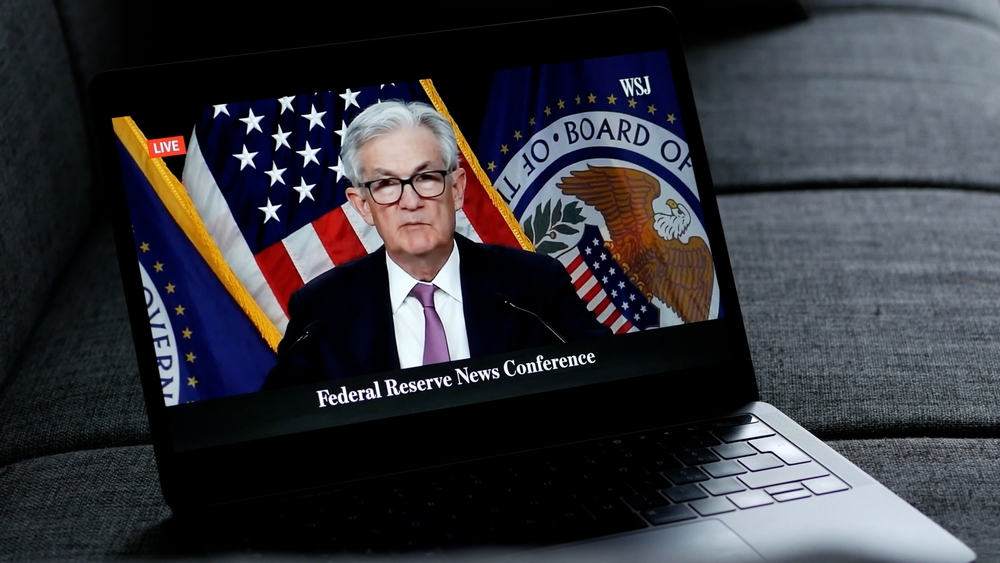In a recent meeting of the US Federal Reserve’s Monetary Policy Committee on December 13, 2023, Chairman Jerome Powell announced a decision to maintain the current interest rate levels for the third consecutive meeting. This decision was accompanied by a signal that the Fed expects to make three rate cuts next year, suggesting a possible shift in monetary policy. In this article, we will delve into the reasons behind the Fed’s decision and the potential implications for the economy.
The Status Quo: The Federal Reserve has decided to keep its benchmark lending rate between 5.25 percent to 5.50 percent. This rate is notably at a 22-year high, indicating the central bank’s commitment to taming inflation, a growing concern in recent years.
Anticipated Rate Cuts: While the decision to maintain interest rates at their current levels may seem counterintuitive, it is essential to understand the Fed’s rationale. According to Chairman Powell, the central bank predicts that interest rates will be considerably lower next year. They have signaled their intent to implement three rate cuts in 2024.
The Inflation Conundrum: One might wonder why the Federal Reserve is considering rate cuts, which typically stimulate economic growth and, potentially, inflation when they have yet to reach their inflation target. The Fed’s stated target is a 2% inflation rate, and they do not anticipate achieving this until 2026.
Chairman Powell addressed this apparent contradiction during a post-meeting press conference, explaining that waiting until inflation reaches the 2% target to cut rates could be detrimental to the economy. Powell argued that monetary policy takes time to impact the economy. By waiting until inflation is already at the desired level, the Fed might inadvertently keep interest rates too high for too long, potentially pushing the economy into a recession.
The Timing Factor: Powell emphasized the importance of timing when it comes to monetary policy. He stated, “The reason you wouldn’t wait to get to 2% to cut rates is that policy would be too late. It takes a while for policy to get into the economy, affect economic activity, and affect inflation.”
The Federal Reserve aims to be proactive rather than reactive when managing the economy. By signaling rate cuts in advance, they hope to provide the necessary stimulus to prevent a recession while carefully monitoring inflation to ensure it doesn’t spiral out of control.
The Federal Reserve’s decision to maintain the current interest rate levels while signaling future rate cuts reflects a delicate balancing act. On the one hand, the central bank is concerned about inflation not reaching its 2% target until 2026, while on the other hand, they are mindful of the time it takes for monetary policy to influence the economy. By taking action now, the Fed hopes to steer the economy on a path of stability and growth, avoiding the pitfalls of a recession caused by waiting too long to adjust interest rates. As we move forward, monitoring the Fed’s actions and their impact on the broader economy will be crucial.






